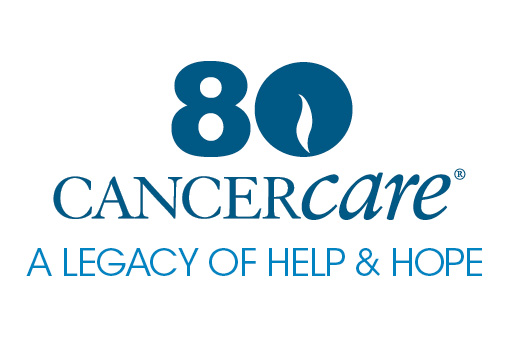Q. I have heard about triple-negative breast cancer, but I really don't know what it is. Could you explain?
Triple-negative breast cancer is a subtype of breast cancer. Although breast cancer is often referred to as a single disease, there are many types of breast cancer tumors. In fact, breast cancer can be described as a family of diseases. All breast cancers start in the breast. So, they are alike in some ways, but also can be quite different from each other.
Subtypes of breast cancer are generally diagnosed based upon the presence, or lack of, three “receptors” known to fuel most breast cancers: estrogen receptors, progesterone receptors and human epidermal growth factor receptor 2 (HER2). None of these receptors are found in women with triple-negative breast cancer. In other words, a triple-negative breast cancer diagnosis means that the tumor is estrogen receptor-negative, progesterone receptor-negative and HER2-negative, thus giving rise to the name “triple-negative breast cancer.” Because of its triple-negative status, triple-negative tumors generally do not respond to receptor-targeted treatments. Despite not having a targeted therapy as a treatment option, chemotherapy is an effective treatment. Research shows that triple-negative breast cancer may even respond better to chemotherapy than other types of breast cancer. Surgery and radiation therapy are also usually options.

 Answered by
Answered by